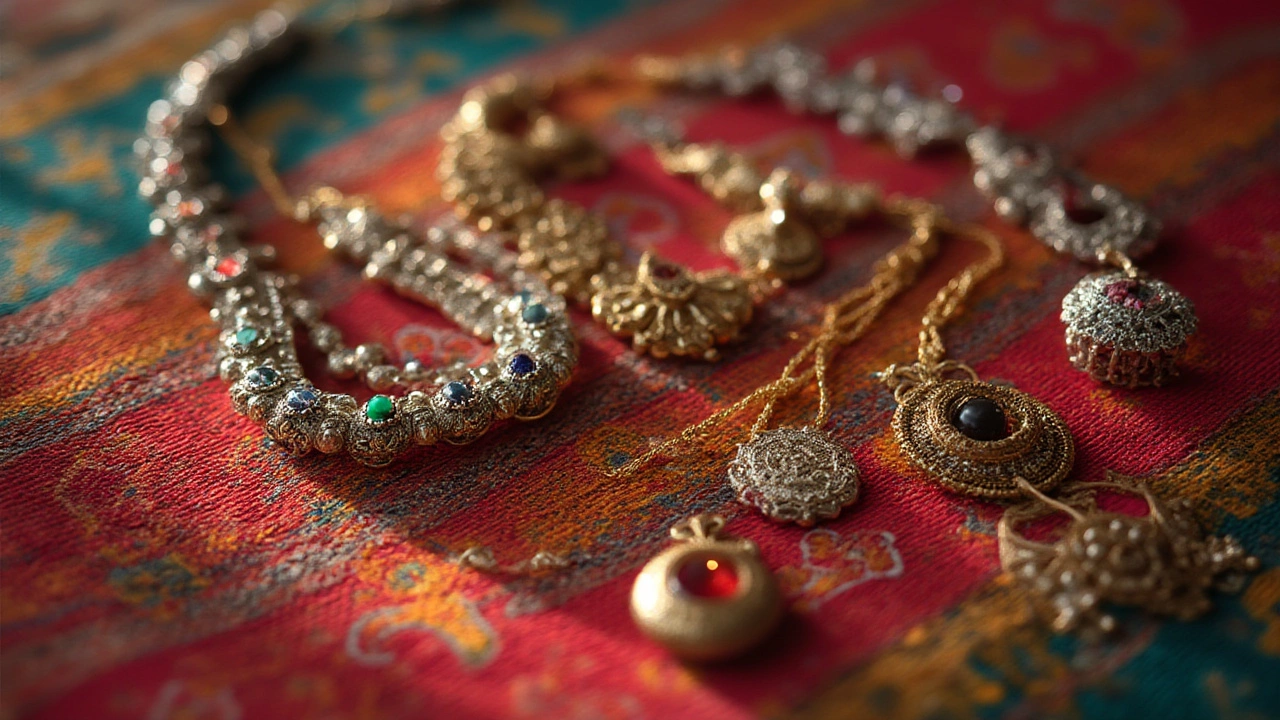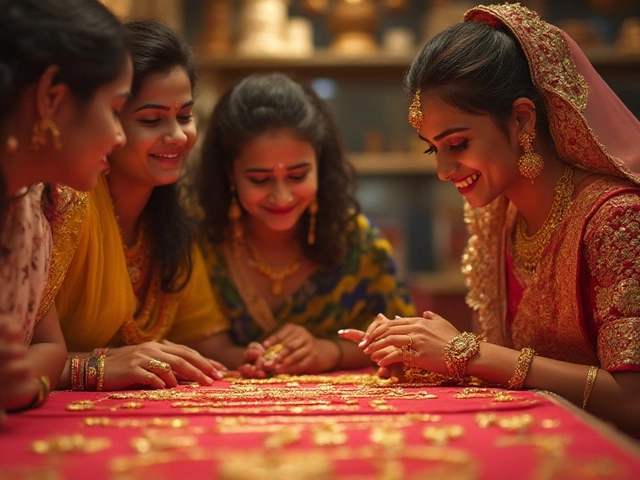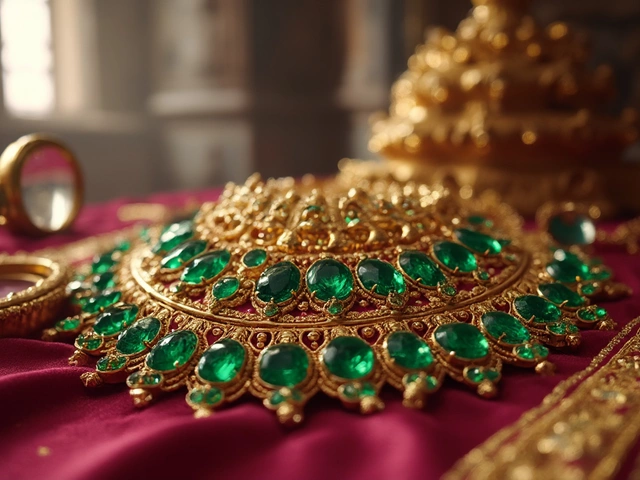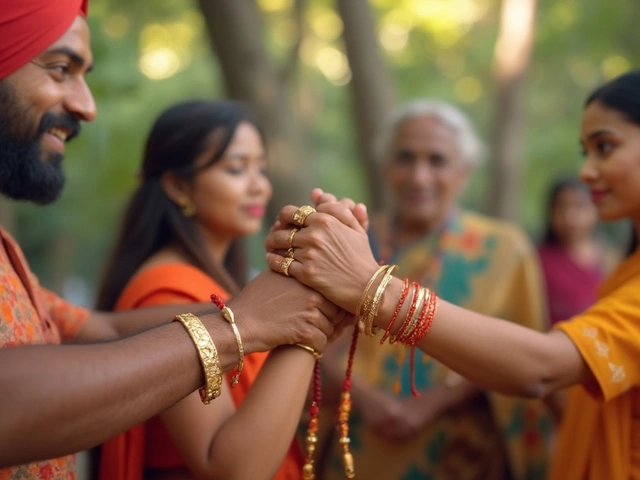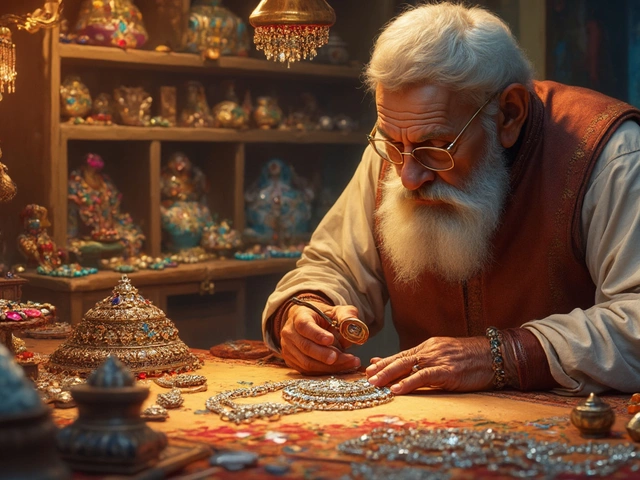Unique Indian Jewelry: Styles, Craftsmanship, and How to Shop Smart
If you love jewelry that tells a story, Indian pieces are a perfect fit. From the bright gold of Jaipur to the silver work of Kerala, each region adds its own flavor. The designs aren’t just pretty – they carry centuries of culture, myths, and family traditions. In this guide you’ll see what makes Indian jewelry stand out and how to pick pieces that really last.
What Makes Indian Jewelry Unique
First, the materials. Gold, silver, and a splash of precious stones dominate the market, but the way they’re combined is what sets Indian pieces apart. Artists often use the Kundan technique – a fine metal foil set with tiny beads – to create a sparkling texture that catches light from every angle. Another favorite is Meenakari, where enamel is hand‑painted onto metal for bold colors.
Second, the motifs. You’ll find peacocks, lotuses, and intricate paisley patterns everywhere. These symbols aren’t just decorative; they convey wishes for prosperity, love, and protection. Many families pass down designs from generation to generation, so a piece can hold personal meaning as well as cultural value.
Third, the craftsmanship. Indian artisans often work in small workshops, using tools that have been handed down for ages. This means each piece carries a human touch – a tiny imperfection that actually adds character. When you see a hand‑engraved design, you’re looking at hours of focused work, not a factory line.Finally, the versatility. A single necklace can be dressed up for a wedding or toned down for a casual dinner. The same goes for bangles and earrings. That flexibility makes Indian jewelry a smart addition to any wardrobe.
Tips for Buying Authentic Pieces
Start with a reputable seller. Look for shops that display BIS hallmarks on gold or clear stamps on silver. If you’re shopping online, read reviews and ask for high‑resolution photos of the hallmark.
Ask about the origin of the design. Sellers who know the story behind a Kundan set or a Meenakari piece can prove they’re genuine. A quick question about the region or the artisan’s name often separates the real deal from a cheap replica.
Check the weight. Real gold feels noticeably heavier than gold‑filled or plated items. If you can, compare two similar pieces – the authentic one will sit solidly in your hand.
Don’t ignore the price. Too‑good‑to‑be‑true offers usually are. Indian gold and silver have market prices that change daily; a reputable shop will match or explain any difference.
Finally, think about care. Authentic pieces need gentle cleaning with a soft cloth and occasional polishing. Ask the seller for maintenance tips – a trusted vendor will be happy to share them.
Whether you’re hunting for a statement necklace, a set of delicate earrings, or a stack of bangles, understanding the craft helps you choose wisely. Indian jewelry isn’t just an accessory; it’s a piece of heritage you can wear every day. Happy shopping!
Manipur Jewellery: Traditional Names, Styles, and Meanings Explained
Ever wondered what Manipur jewellery is called? Discover the unique names, cultural meanings, and styles behind Manipuri ornaments in this detailed guide.
